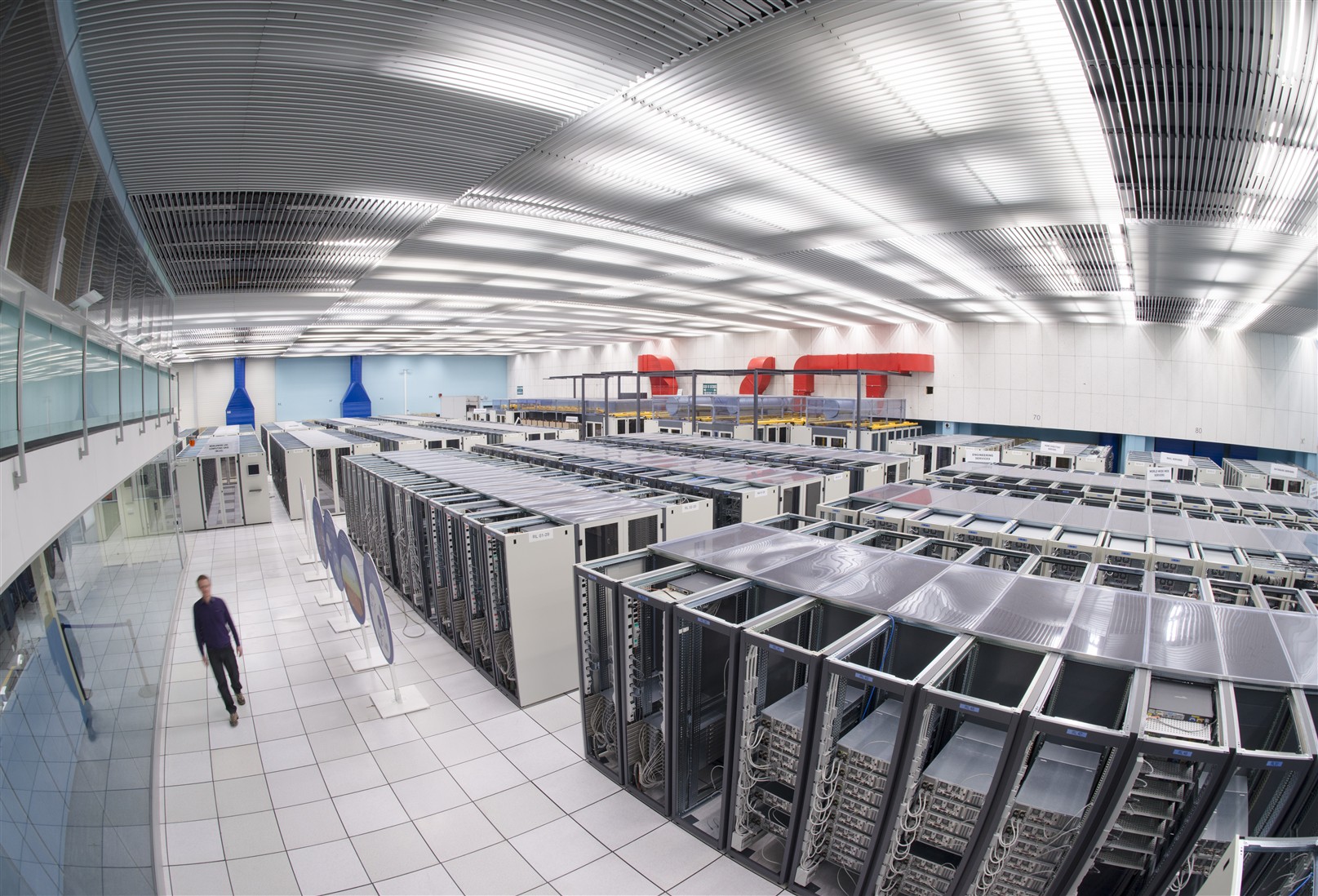Needed more than ever: DevOps to manage cloud unpredictability

Behind every cloud service is a load-balancing challenge.

That's the word from F5's Lori MacVittie, who astutely observes that load balancing "is at the heart of elastic scalability models, and that provides a means to ensure availability and even improve performance of applications."
The bottom line is the cloud is merely an illusion. You don't really get your applications or compute power from a "cloud" somewhere — there are real physical servers and datacenters that supply this capacity. It may be self-evident if you are working with private or hybrid cloud. But even public cloud comes out of a datacenter somewhere. And someone has to manage and pay for this capacity as it is used.
In the process, the ability to control performance — based on tweaking or configuring to underlying hardware — gets lost, Lori states. "In the public cloud, that's because you have no control over the underlying hardware capabilities — you can only specify the compute capabilities of an instance. In a private cloud, you have more control over this but may not have provisioning systems intelligent enough to provide the visibility you need to make a provisioning decision in real time."
Tech Pro Research
Application aware network and load balancing services can pick up some of this load, but they need to be equipped to handle unpredictable situations, Lori adds. Variables such as application load, response time, and capacity may change from one minute to the next in a cloud environment.
That's what makes the practice of DevOps so crucial in these situations, she said. "DevOps practitioners must become adept at not only understanding the complex relationships between performance and availability and capacity and load, but how to turn those business and operational expectations into reality by taking advantage of both application and network infrastructure capabilities."
The cloud isn't taking away the need for close work with operations people. Instead, it's increasing this requirement. An enterprise relying on cloud services can't allow itself to be vulnerable to invisible hardware running behind the scenes somewhere.